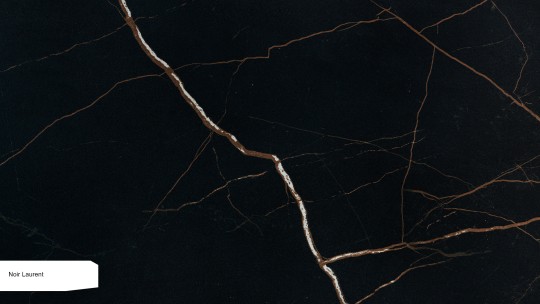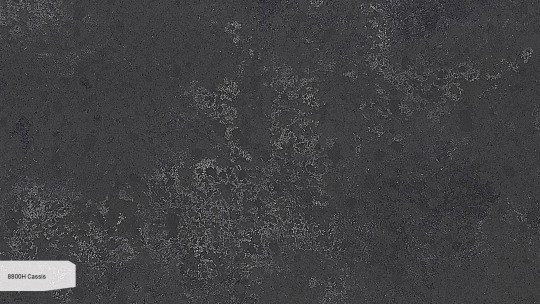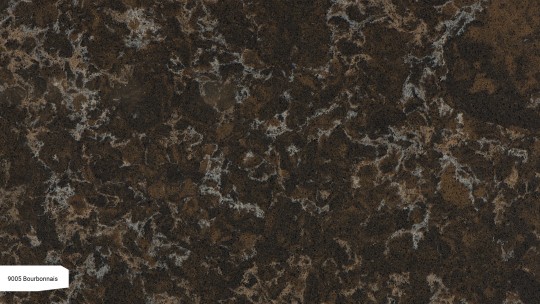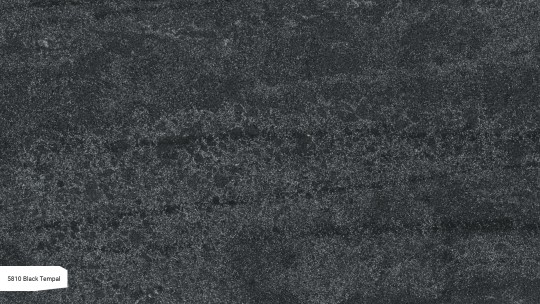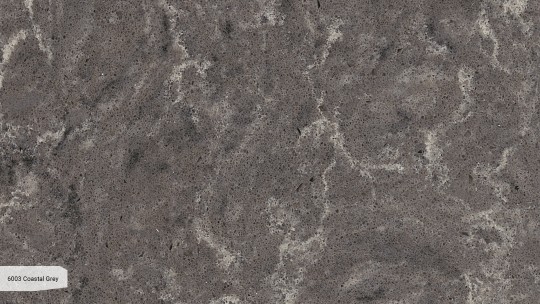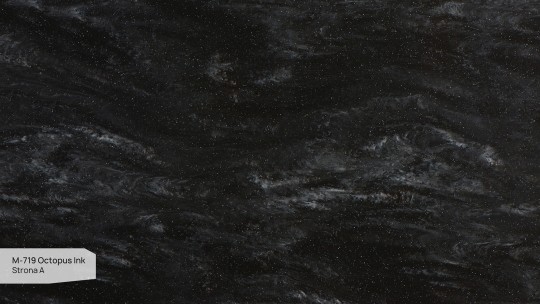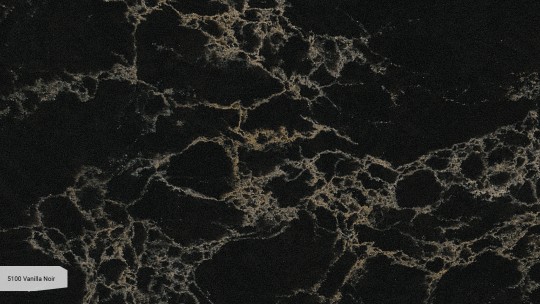Dark colours for interior design - advantages and disadvantages
References
The use of predominantly dark colours in interior design arouses extreme emotions - proponents love such solutions for their elegance and expressiveness, but there are also people who fear that darker colours will dominate and overwhelm the space. In recent years, however, it has become increasingly common to turn to such colours when decorating a house or flat. Grey, black, dark brown - are they better as details or as an interior total look? In today's article, we look at the most important advantages and disadvantages of dark interiors.

Advantages of dark colours in interior design
Dark colours such as black, graphite or deep navy provide a sophisticated, luxurious feel to interiors, as well as depth and expressiveness. It is advisable to choose appropriate lighting, which will determine how the shades of dark colours appear in the space - spot lighting will emphasise selected details, making them shine, while soft, diffused light will create a cosy and intimate atmosphere, softening the harshness of dark colours. Well-chosen lighting will also bring out the variety of tones in dark shades, making the interior more dynamic and interesting. Dark walls or floors create a backdrop that perfectly showcases bright furniture, accessories and accessories. To create a contrasting but still harmonious arrangement, use varied textures and materials, such as natural stone substitutes, wood, metal or glass. Darker colours are versatile - used appropriately they will work well in both modern and classic styles.
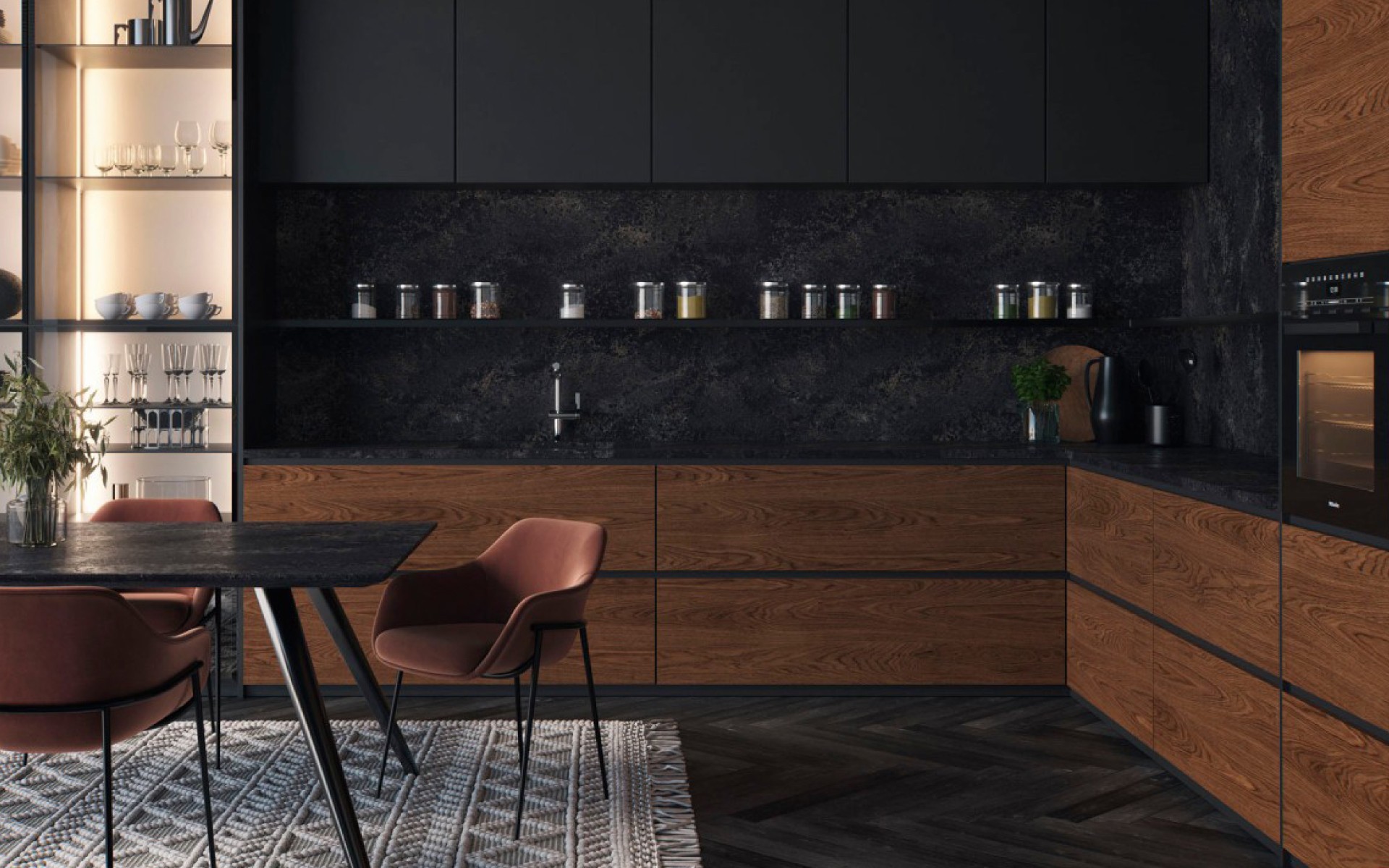
Disadvantages of dark colours in interior design
However, it is worth remembering that dark colours also have their disadvantages, which need to be taken into account when furnishing a flat. Most importantly, they can optically reduce the space, which is worth paying particular attention to in the case of small rooms. Dark interiors also require the use of appropriate, often more powerful lighting to avoid a disheartening impression of heaviness. In addition, any scratches, dirt or dust are more visible on dark surfaces, making them more demanding to maintain.
Check also: On which colours you can't see dirt? Decors for special tasks!
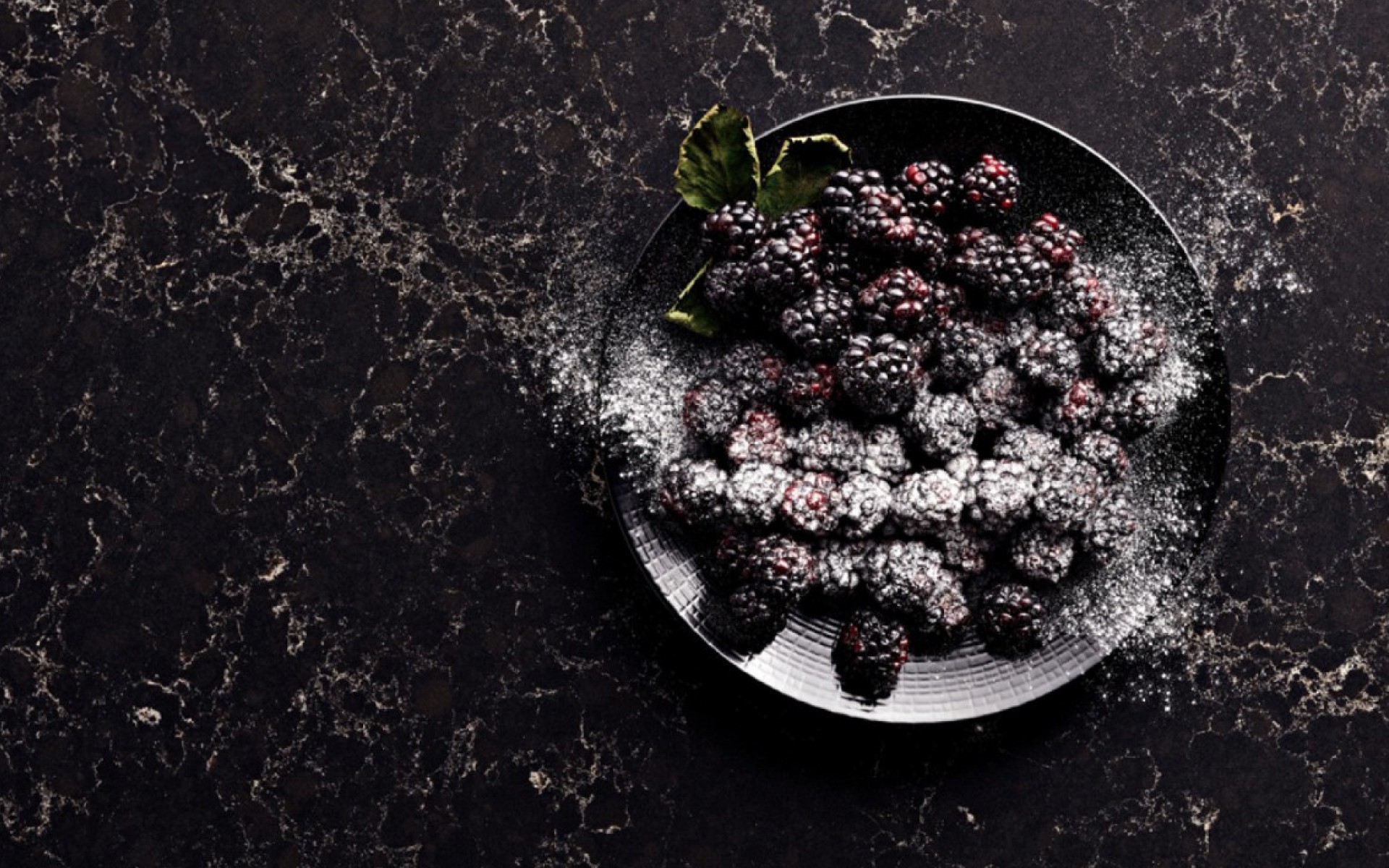
What to pay attention to when arranging an interior in dark colours?
In order to minimise the disadvantages and fully enjoy the advantages of dark colours in interiors, it is worth choosing individual elements in a well-thought-out manner. Materials used for floors, walls, countertops, stairs and furniture fronts should be durable, resistant to mechanical damage and easy to clean (quartz surface, large ceramic slab and acrylic solid surface will perform excellently in this role). It is worth considering decors with small, delicate patterns or imitating surfaces, on which possible imperfections are less visible (e.g. the structure of concrete). The dark colour palette can be broken up a little with light accents in the form of accessories, mirrors and glass surfaces, atmospheric lighting, large, lively plants or colourful elements. A dark total effect is also ideal for interiors with particularly large windows.

Such solutions will allow the full potential of dark colours to be exploited while maintaining functionality and providing comfort for everyday use.
Discover the most appealing dark decors in our range:
Check out the full range of Architype decors.
Check also: Black artificial stone decors - an unquestionable bestseller in modern interior design!

